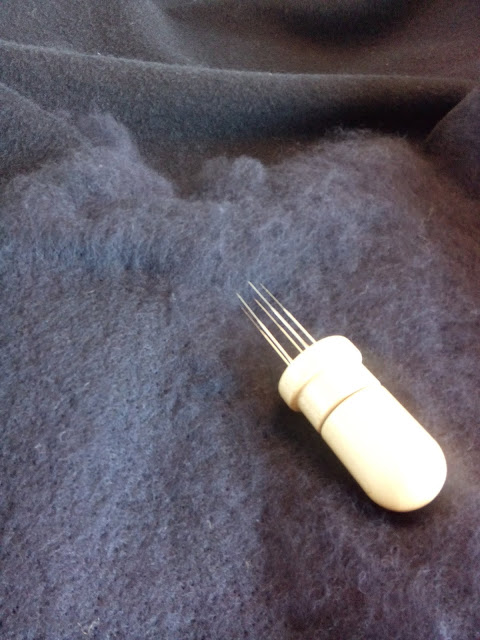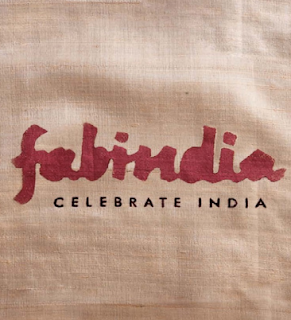9: The Comfort of Things
How do ordinary people live their daily life? What do their houses look like, what are their hobby's, what are their habits and what do their possessions tell about their lives? Anthropologist Daniel Miller and co-researcher Fiona Parrott choose an 'absolutely-nothing-special-about' street in South London to find out. They rang all the doorbells and were received kindly in most of them. In 2008 Miller published a fascinating book about this research; 'The Comfort of Things'. Each chapter is a different household. Miller and Parrott don't discuss, they don't opinionate, they just ask, look and listen.
By doing so we as readers meet a wonderful palet of people. A music fan, a lonely bloke with his dog, a closely-knit family, immigrants from Brazil, a woman living with the ghosts of her ancestors, a collector of records and CD's living together with a plant lover and collector of beer glasses, two ladies collecting vintage Fisher Price toys, a herion addict, an elderly widow and so on.
The aim of this anthropological study is "to find out the role of objects in our relationships, both to each other and to ourselves". By visiting the people in their houses, the researchers could also reflect on what they saw; the possessions spoke their own language.
While the study has a different focus, I find the observations suitable for this essay in the sense that objects are looked at in relation to the owners. It is a rather intimate peek in people's homes filled with things. It tells about why people have certain things, and how they look at them. Valuable things as well as silly stuff that keeps certain memories alive.
While the study has a different focus, I find the observations suitable for this essay in the sense that objects are looked at in relation to the owners. It is a rather intimate peek in people's homes filled with things. It tells about why people have certain things, and how they look at them. Valuable things as well as silly stuff that keeps certain memories alive.
I would like to
quote some of Miller's observations.
"There is a
certain bridge between concern for objects and concern for people."
(p27) This is quite obvious in the story about a large family with
adult children who apparently all inherited their parent's sense of
carefulness. A stamp collection is not just a collection of stamps,
but a cultural treasure that can be, and almost has to be,
passed on to the next generation. While the parents being very social in the
community, the children also take great responsibility for their
surrounding environment.
That inheritance
seems to be "the aesthetics of care, equally and
indiscriminately applied to objects and persons- since one always
turns out to be a vehicle for the other." (p29)
The description of
how this family deals with all the family treasures conveys,
according to Miller, "the sense of ethnography as enchantment,
as a privileged access to such private beauty". "From this
family one learns the artisanal form of love, care and devotion,
performed with such grace, creativity and imagination that the way
persons become objects, and objects become subjects of relationships
blend imperceptibly with each other in the overall fullness and
artistry of these lives." (p 31)
It seems as if
this family will never just throw anything away. It might be of
unrevealed value to anyone.
And then a few
doors down, Miller comes across a couple who have very different
ideas about things. He is a bit of a hoarder himself and his family
inheritance, all in his possession, consists of a large
collection of game hunts and blackamoors for instance. She is an
aesthetic in the minimal sense, but with 16 pairs of sneakers, all
fitting perfectly and necessary in her wardrobe. They have found a
balance though in the decoration of their home. In this regard Miller
observes; "One of the battles which has been fought and won is
that of the relationship to things and the
relationship between things. (p176)
"The personal
relationship to things often a fortuitous result of
accumulation: things inherited from one's parents, souvenirs from
holidays, gifts from a lover or a brother. There is no reason at all
why such things should bear any relation to each other in aesthetic
terms. As a result, most living rooms include this additional cause
of conflict- the degree to which the personal relation to things
will disrupt the aesthetic relation between things."(p178)
At least all these
objects are valued, and as such will have cultural biography.
In some households
this was even more obvious. Miller describes an elderly lady, whose
children all have left the nest. She still lives in the family home.
"Jenny's house is one of those where the gaps can be as eloquent
as the presences. Jenny experienced more pleasure from being a mother
than anything else in her life. As for many parents, there are those
particular moments - giving children a bath, or putting them to bed-
which remain exquisite in her memory. As each one left home,
she wanted them to take something of the earth in which they were
nurtured to provide continuity as they planted themselves in a new
household."(p211)
I found this quite
moving. Objects to guide one through life. The security of tangible
childhood memories.
Miller concludes
the study in his epilogue with quoting anthropologist Pierre Bourdieu
who studied Inuit and Berber culture. He stated that people need
explicit educational systems in order to learn how to become a
typical Berber or Inuit. "Everything they touch and do is
infused with that underlying order that gives them their expectations
of the world and which are characteristic of their particular
society. It is the order of relationships to objects and between
objects that create people through socialisation whom we then take to
exemplify social categories". (p287)
As Miller shows, like MacGregor and Cole, in all these portraits; the cultural
biography of a person is strongly related to the cultural biography
of their possessions. Looking ahead to his conclusion in the prologue he states "that possessions often remain profound and usually the closer our relationships are with objects, the closer our relationships are with people." (p1)
The comfort of things; shouldn't that somehow make us responsible citizens of the world and therefore responsible
consumers and producers?



Reacties
Een reactie posten